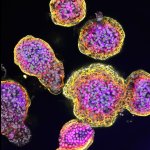
News • Research on mini organs
Organoids bring new insights into liver cancer
Dutch scientists have revealed new scientific insights into the features of fibrolamellar carcinoma (FLC), a rare type of childhood liver cancer.

Dutch scientists have revealed new scientific insights into the features of fibrolamellar carcinoma (FLC), a rare type of childhood liver cancer.
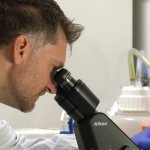
Researchers have succeeded in introducing a vascular system into tiny living and beating model human heart muscles, an achievement which it's hoped will accelerate progress toward the ultimate goal of repairing damage from heart disease.
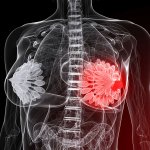
A group of researchers has illustrated the mechanistic pathway for PTEN-deficient breast cancer and successfully tested a method of countering the downstream effects of immune system evasion by tumors.

Scientists at the University of Applied Sciences Krems (IMC Krems) show that CRISPR-Cas9 can also be used to inhibit viruses such as adenoviruses in cell cultures.

Premature infants, especially very low birthweight babies, are at risk for intraventricular hemorrhage. A frequent complication of these brain bleeds is hydrocephalus that can gravely disrupt brain development.
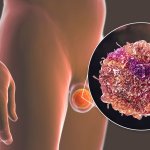
A new study by researchers at Uppsala University and Uppsala University Hospital shows that men who have a neurodevelopmental disorder also have a slightly increased risk of testicular cancer.

Women with triple-negative breast cancer who received multiple antibiotic prescriptions within three years after their cancer diagnosis were more likely to experience disease recurrence and to die from their cancer.

Storing donor lungs for transplant at 10 degrees Celsius markedly increases the length of time the organ can live outside the body.
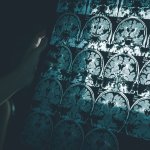
Neurodegeneration, or the gradual loss of neuron function, is one of the key features of Alzheimer's disease. However, it doesn't affect all parts of the brain equally.

Johns Hopkins researchers, along with colleagues in Italy, have published a study that looks into the genetic mechanisms behind the development of schizophrenia.
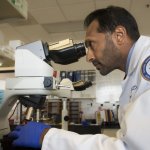
For decades, researchers have marveled at the ability of glioblastoma, a particularly aggressive brain cancer, to turn off a patient's cancer-fighting immune cells, thereby allowing tumors to grow freely.
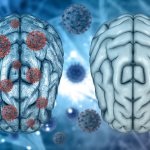
People living with long COVID who suffer from loss of smell show different patterns of activity in certain regions of the brain, a new study led by UCL researchers has found.
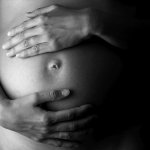
In a nationwide Swedish study of 207 births to women with an earlier diagnosis of colorectal cancer (CRC), researchers found an increased risk of both maternal and neonatal adverse outcomes.
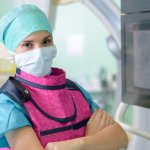
Women working in health care who are regularly exposed to radiation from X-rays and other imaging procedures need better ionizing radiation protection.

Doctors across all disciplines, with assistance from artificial intelligence, may soon have the ability to quickly consult a patient's entire medical file against the backdrop of all medical health care data and every published piece of medical literature online.
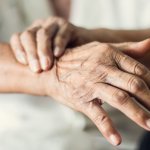
Researchers at the University of Campinas and the Federal University of São Carlos in Brazil have developed an electrochemical sensor that detects Parkinson's disease at different stages.

Around 5,500 people with severe developmental disorders now know the genetic cause of their condition, thanks to a major nationwide study in the U.K..

Bonn researchers uncover contribution of protein degradation processes to cisplatin resistance in germ cell tumors: Cisplatin is used successfully in the chemotherapy of testicular cancer.
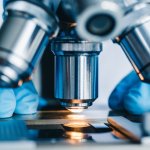
Like the better-known prostate-specific antigen (PSA), prostate-specific membrane antigen (PSMA) is a biomarker that can tell physicians much about a patient's metastatic prostate cancer.
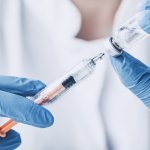
Messenger Ribonucleic Acid (mRNA) as a therapeutic approach is gaining momentum due to its ability to be rapidly manufactured and its promising outcomes.
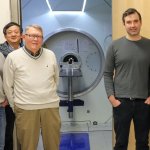
US researchers have developed a way to use MRI scanning to map body cell metabolism, opening up new possibilities for detecting cancers and revealing if a tumor is responding to treatment.
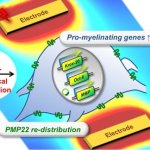
A research team from DGIST develops an electronic medicine technology that restores abnormal protein behavior, the cause of Charcot-Marie-Tooth Disease (CMT).

A new study has found that nearly 40% of patients over 50 who recognised they had hearing loss did not inform a doctor or nurse, despite the reduced quality of life and associated health risks.

A new study from Finland and Norway shows that babies born preterm are more likely to have asthma or chronic obstructive pulmonary disease, COPD, in adulthood.

Among all but oldest age groups, the US has higher death rates than five high-income European nations, according to new UCLA research. However, this gap is only partly due to Covid-19.